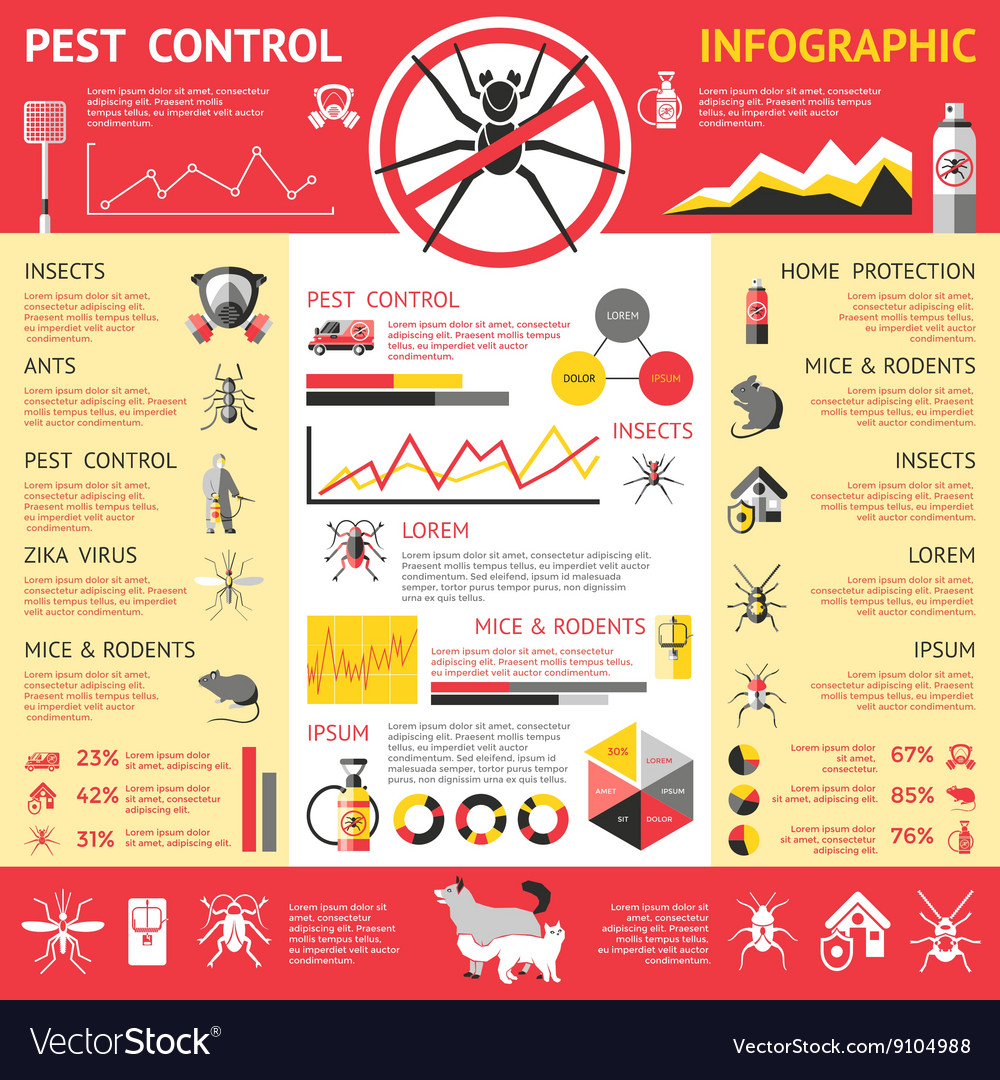Managing Rodent Infestations: Insights Into Rodent Psychology
Managing Rodent Infestations: Insights Into Rodent Psychology
Blog Article
Staff Author-Wynn Alston
When it pertains to rodent control, comprehending usual rodent behavior is vital to properly handling invasions. Did you know that rodents have some remarkable nesting habits that might amaze you? By discovering their intricate actions, you can get valuable insights right into how to take on rodent issues in a more calculated and reliable fashion. So, allow's unwind the enigmas behind these creatures' actions and learn exactly how to outsmart them in your rodent control efforts.
Rodent Nesting Habits
When observing rodents in their all-natural habitat, you'll discover that they actively seek out materials to build their nests. Rodents, such as computer mice and rats, are clever creatures that make use of a variety of items like branches, leaves, paper, and material to build their homes. They're careful in their nest-building procedure, usually lining their nests with softer materials like hair or plumes to produce a relaxing environment.
Rats like to build their nests in concealed and safe areas to safeguard themselves and their young from killers. Typical nesting places include wall surface dental caries, attic rooms, cellars, and also within insulation materials. By building their nests in these secluded areas, rats can securely elevate their offspring far from prospective dangers.
It is essential to comprehend the nesting habits of rats when applying control measures. By interrupting their nests or getting rid of products, you can inhibit rodents from establishing an existence in your home or residential or commercial property. Correct sanitation and sealing entrance points are also important steps in stopping rodent problems.
Rat Feeding Patterns
After observing rodents' nesting behaviors, it becomes evident that their feeding patterns play a critical role in their every day lives and habits. Rats, including mice and rats, are opportunistic feeders, indicating they'll eat whatever food source is readily available. They're mainly nocturnal creatures, preferring to forage for food during the cover of evening to avoid predators.
Rats have a diverse diet, varying from grains, seeds, fruits, and veggies to pests, nuts, and also little animals. This adaptability in their food choices allows them to thrive in different atmospheres, including urban areas where human food sources are plentiful.
Their feeding patterns aren't only driven by cravings but likewise by the need to stockpile food for times of deficiency. simply click the next website page is especially visible to prepare for winter months or when nesting. Rats are understood to hoard food in their nests or burrows, making sure a constant food supply. Understanding their feeding patterns is important in executing efficient rodent control procedures to interrupt their food resources and protect against invasions.
Rodent Activity and Travel
Rats navigate their surroundings with agility and stealth, using their eager senses to relocate quickly through their atmospheres. These creatures are skilled mountain climbers, able to scale wall surfaces and vertical surfaces with ease. They can likewise press through surprisingly small openings, making it crucial to seal any kind of potential entry factors in your house.
When it concerns taking a trip, rodents often tend to follow familiar paths, developing routes along wall surfaces or skirting the sides of spaces. They're creatures of habit, often staying with these established courses as they forage for food or explore their environments.
Rats are understood for their nocturnal practices, so you may hear them scampering around at night as they search for food and water. Their motions fast and unpredictable, enabling them to dart in and out of sight in the blink of an eye.
Understanding just how rats move and take a trip can assist you determine potential infestation locations in your house and take proactive actions to avoid these bugs from acquiring a foothold.
Conclusion
As you function to regulate rodents in your house, bear in mind that understanding their behavior is key. By acknowledging their nesting behaviors, feeding patterns, and activity, you can properly stop problems.
Coincidentally, by taking aggressive steps to eliminate food sources and seal entry factors, you can interrupt their acquainted courses and force them to seek out brand-new places, eventually reducing the chance of rodent visibility in your space.
